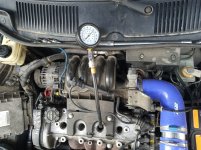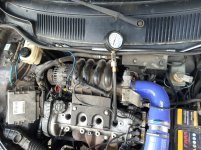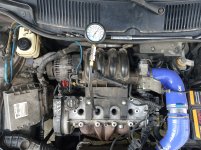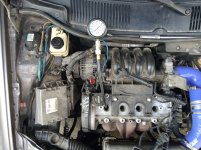As i am looking forward to begin a rebuild at a second B9000(mk1 1242 16v) engine that i got as spare,i am looking for some special technical info such as cylinder head height,cylinder pressure of a healthy engine and such stuff that unfortunately i cannot find any info.
Also,if someone has used aftermarket pistons of OEM design and of which brand as most of what i find in the web ia out of stock(i'd prefer Mahle but...).
If somebody has any info,i would be grateful.
Also,if someone has used aftermarket pistons of OEM design and of which brand as most of what i find in the web ia out of stock(i'd prefer Mahle but...).
If somebody has any info,i would be grateful.
- Model
- Punto mk1 1.2 16v
- Year
- 1997







